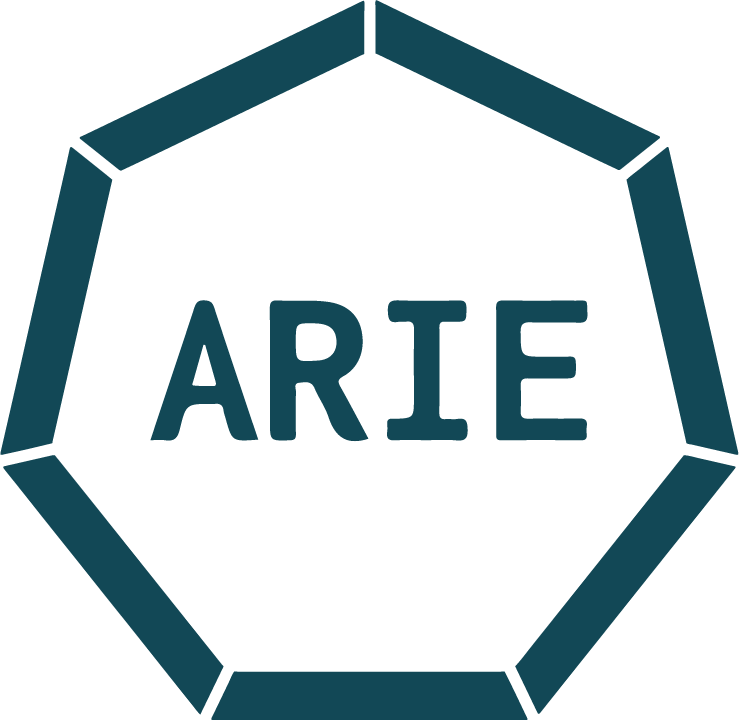The Analytical Research Infrastructures in Europe (ARIEs) provide unique windows into the workings of the world around us. They include powerful photon sources, such as synchrotrons, laser systems and free-electron lasers; sources of neutrons, ions and other particle beams; and facilities dedicated to advanced electron-microscopy and high magnetic fields.
They are centres of scientific and technological excellence, delivering services, data and know-how to a growing and diverse user community of more than 40,000 researchers in academia and industry, across a range of domains: the physical sciences, energy, engineering, the environment and the earth sciences, as well as medicine, health, food and cultural heritage.
The insights into materials and living matter made possible by their collective tools underpin the advanced research necessary for the success of the Horizon Europe Missions. The ARIEs provide free access to the scientific user community based upon scientific excellence and open data.
e-DREAM
Rafal Dunin-Borkowski
Forschungszentrum Jülich
EMFL
Joachim Wosnitza
Helmholtz-Zentrum Dresden-Rossendorf
INSPIRE
Michael Taylor
University of Manchester
Laserlab Europe AISBL
John Collier
Central Laser Facility
LEAPS
Jakub Szlachetko
SOLARIS Synchrotron
e-DREAM
Mathieu Kociak
LPS-CNRS
EMFL
Charles Simon
LNCMI-CNRS
INSPIRE
Laserlab Europe AISBL
Sylvie Jacquemot
Laboratoire pour l’Utilisation des Lasers Intenses
LEAPS
Thomas Feurer
European XFEL
LENS
Michel Kenzelmann
Paul Scherrer Institut
RADIATE
Gastón García López
Universidad Autónoma de Madrid
e-DREAM
Markus Schmitz
Forschungszentrum Jülich
EMFL
Hannes Kühne
Helmholtz-Zentrum Dresden-Rossendorf
INSPIRE
Helena Kondryn
University of Manchester
Laserlab Europe AISBL
Daniela Stozno
Max-Born-Institut
LEAPS
Ana Valcarcel-Orti
Synchrotron SOLEIL
LENS
Philip King
ISIS Neutron and Muon Source
RADIATE
Barbara Schramm
Helmholtz Center Dresden-Rossendorf
